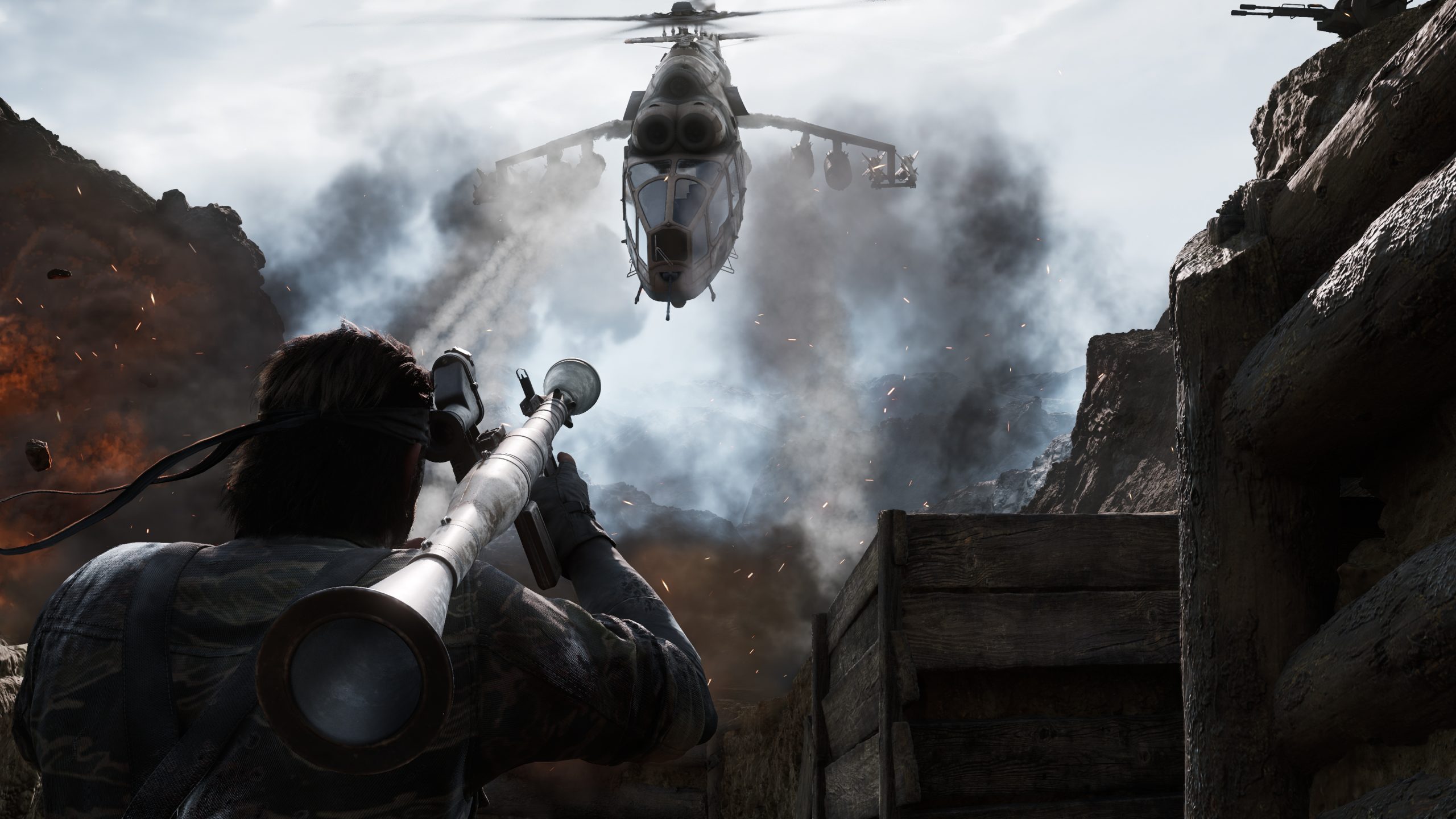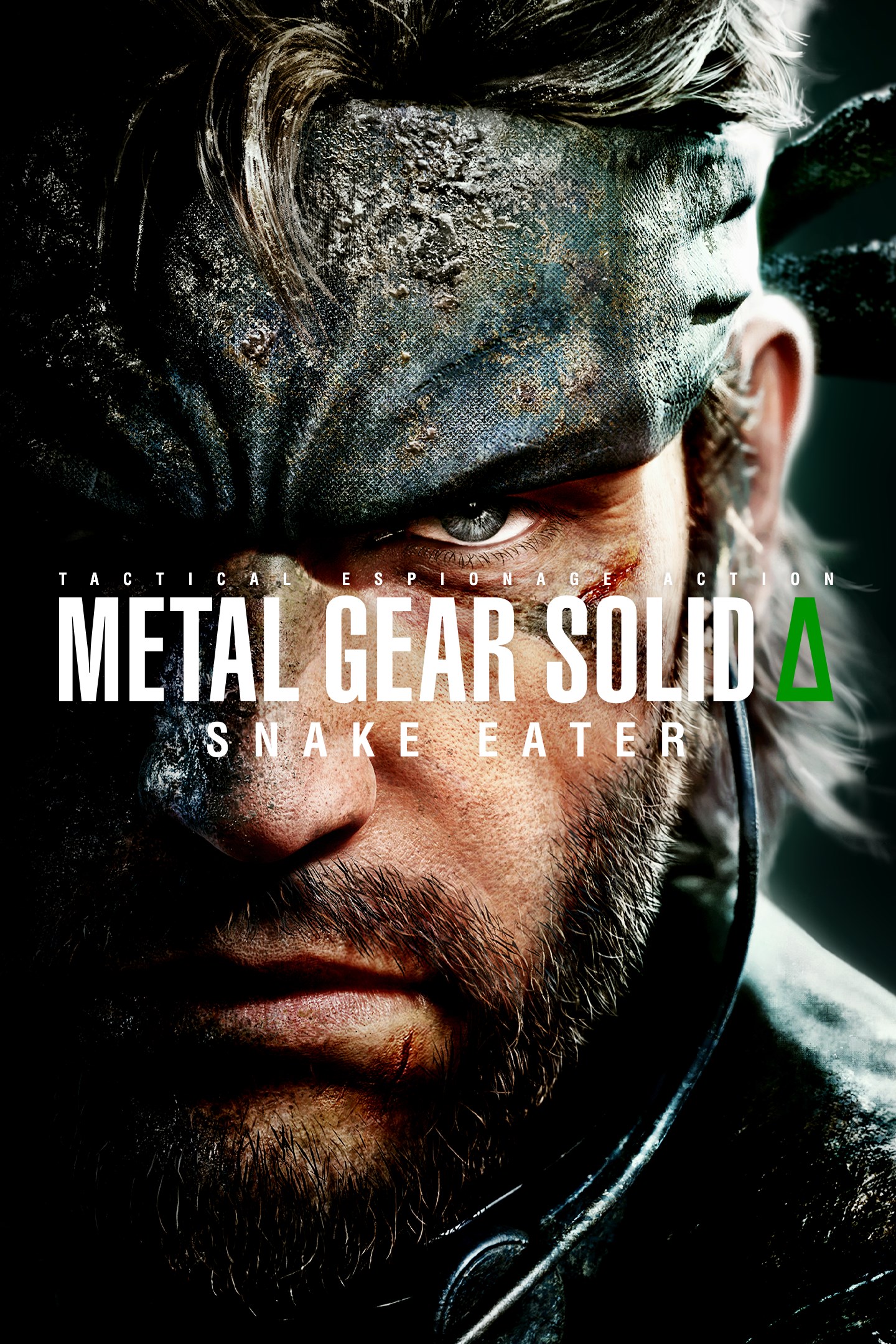Konami walks the tightrope between nostalgia and innovation—here’s what’s changed (and what hasn’t).
Nearly two decades after its original release, Metal Gear Solid 3: Snake Eater is returning in full force as Metal Gear Solid Delta: Snake Eater—a faithful remake rebuilt in Unreal Engine 5. But this isn’t just a graphical upgrade. For longtime fans and stealth purists, the real question is: How does it play?
Based on the latest gameplay reveals, MGS Delta walks a fine line—honoring Hideo Kojima’s original design while evolving its systems for modern audiences. Here’s a deep dive into what’s new, what’s enhanced, and what remains untouched.
Real-Time Injury and Clothing System
One of the most striking additions is the persistent injury mechanic. Bruises, bullet wounds, and cuts now remain on Snake’s body unless treated through the survival menu. Clothing also takes damage—ripped sleeves and burn marks visibly affect your appearance and camouflage effectiveness. Gear changes, like swapping uniforms, are essential not just for aesthetics, but for tactical efficiency.
This deepens the survival layer without bloating it—adding visual storytelling and urgency to every encounter.
Stealth, Reimagined
Stealth remains the soul of MGS Delta, but it’s more tactile and reactive than ever. Dynamic foliage interaction means you can now part tall grass to conceal bodies, or use bushes for cover—complete with realistic physics. Enemies react to environmental cues, including footprints in mud, blood trails, and suspicious rustling in the underbrush.
AI has been notably upgraded, making detection more organic and less scripted, while still respecting the rhythm of the original encounter design.
Modern vs. Classic Controls: A Tactical Choice
MGS Delta introduces dual control schemes: the classic layout for purists, and a modernized configuration influenced by Metal Gear Solid V. Key differences include the addition of crouch-walking, more fluid aiming, and streamlined item management.
However, Konami has kept fan-favorite mechanics like pressure-sensitive CQC (close-quarters combat)—allowing players to interrogate or neutralize enemies with subtle analog input, preserving the tactile edge of the PS2-era design.
Hunting and Survival: Photorealism Meets Familiar Depth
The original’s unique food system returns—complete with photorealistic animal models and ambient wildlife. Players must still catch and consume local fauna to manage stamina, but the core mechanics haven’t changed. This section remains faithful in function, while benefiting from stunning visual immersion.
Verdict: An Evolution, Not a Rewrite
Konami’s approach to Metal Gear Solid Delta seems clear: don’t fix what isn’t broken. Instead, layer in visual fidelity, control improvements, and systems that make sense in a modern context—without rewriting the DNA of what made Snake Eater a stealth masterpiece.
For veterans, it’s a welcome return. For newcomers, it’s a respectful entry point. Either way, Snake is back—and the jungle has never looked more dangerous.


